


Including ZE701, the RAF over time operated a total of seven BAe146 aircraft with the first arriving in June 1983 and the last being retired in March 2022, this is the story of those 39 years of 146 operations..
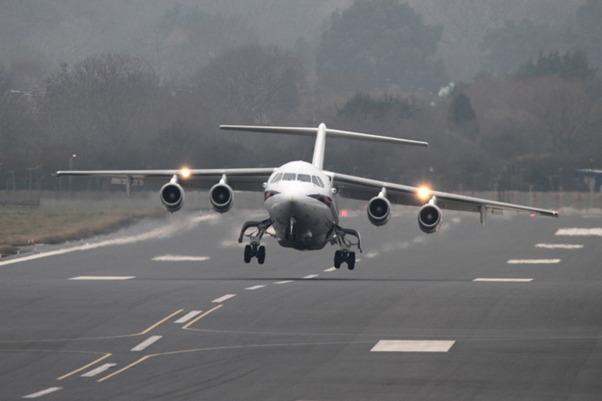
We know how BAe 146 CC Mk.2 Statesman ZE701’s flying story ended, with a final flight from Northolt into Duxford to join the British Airliner Collection on 24th January 2022, but how did it all begin? Let’s go back to the start, as far back as the late 1970’s government officials had been looking at a replacement for the three turboprop Hawker Siddeley Andovers that formed the fixed wing element of The Queen’s Flight. Along the way BAe had offered its last two BAC 1-11s from the production line but these had been turned down due to cost. Hence it was not until 1982 that thoughts began to lean favourably in the direction of the BAe 146 as a suitable replacement for the Andovers.
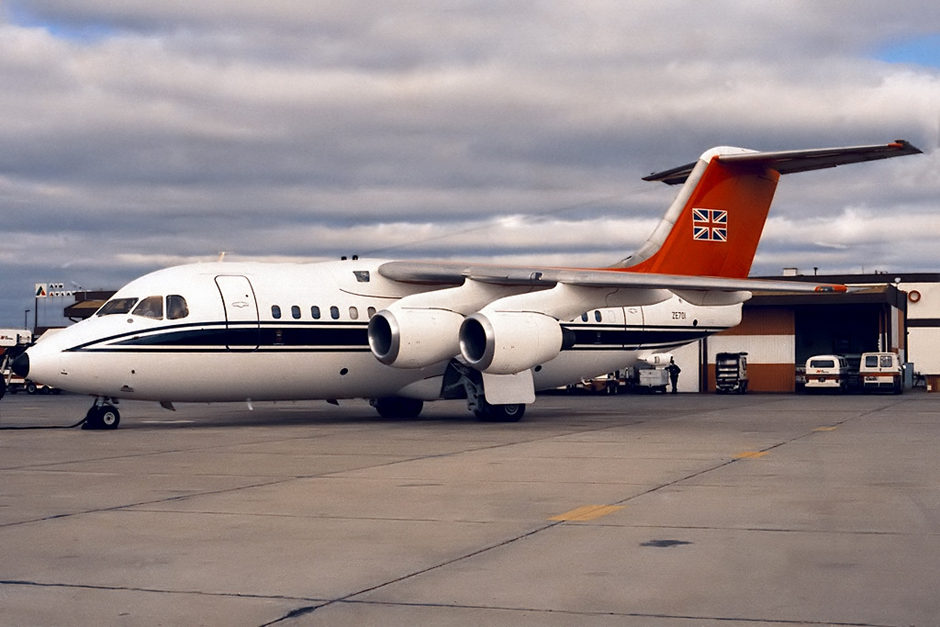
It was thus announced that the RAF would buy two off the peg aircraft so that they could be evaluated under operational conditions with the RAF and The Queen’s Flight to see if the type would be a suitable replacement for the Andovers. These new aircraft the fourth and fifth -100 series built would be known as BAe 146-100 CC Mk1s. The first to arrive in June 1983 was the ex British Aerospace demonstrator and was now registered ZD696, stable mate ZD695 soon joined the first aircraft at their new base with 10 Sqn at RAF Brize Norton. The aircraft were put to use on various VIP/staff duties and the RAF seemed very happy with the new aeroplane, as apparently was the Queen. The original plan, if the trial was successful, would have been to order the larger, longer range -200 series with bespoke flight deck and cabin fitments. However the constant increase in costs for these aircraft made this unaffordable to the bean counters at the MoD, so approval was granted in August 1984 for the RAF to order two more or less standard -100 aircraft fitted with a VIP interior. The evaluation aircraft stayed with the RAF for only 1 year-18 months and were traded in for the two new airframes, both the trade-ins were immediately snapped up by Dan-Air.

The two new aircraft would be known as BAe146-100 CC Mk2 Statesman and in a nod towards a longer range would come with wing root fuel tanks which would extend the 146’s range to around 1,700 miles, this would allow the aeroplanes to fly across the Atlantic via Iceland and Gander to the USA. The two new aircraft would be registered ZE700 and ZE701 and would be the 21st and 29th aircraft built with ‘701 first flying on 12 April 1985. Built at Hatfield both aircraft made the short trip up to the BAe plant at Chester for final fitting out and thus were not delivered to the RAF until mid 1986. Unlike the earlier two examples the new 146s went straight to The Queen’s Flight at its base at RAF Benson in Oxfordshire. The head of The Queen’s Flight had always insisted they needed three aircraft to cover the flight’s requirements, initially an Andover had been kept on in the flight but in December 1990 ZE702 a third 146 joined the other two at Benson. In August 1997 this aircraft had the unenviable task of flying Princess Diana’s body back to the UK after her death in Paris.
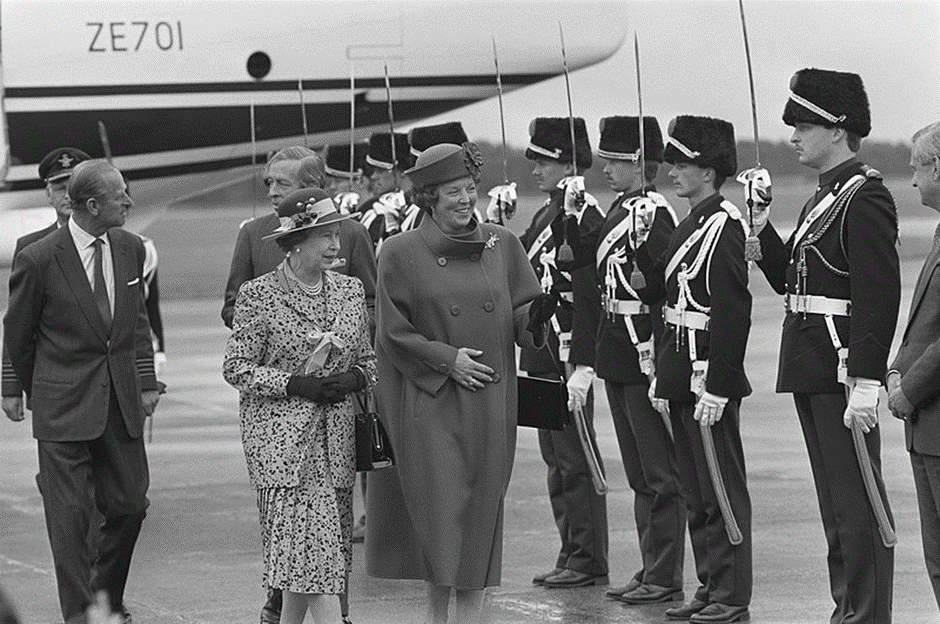
Come one of the regular round of defence spending cuts this third 146 was ‘laid off’ in 2001 and ended up being sold to the owner of a Indonesian TV company as a corporate aircraft. Both Prince Philip and Prince Charles had been trained to fly the 146 and it was during one of these flights in ZE700 that Prince Charles had the misfortune to run off the end of the runway at Islay in Scotland. Nobody was hurt, the 146 was seriously damaged but was eventually returned to flight. After this incident Prince Charles decided in 1994 to hang up his flying helmet and no longer piloted the 146. His father however continued to enjoy flying the aircraft up until he too called it a day with a final flight coincidently into Islay in 1997.
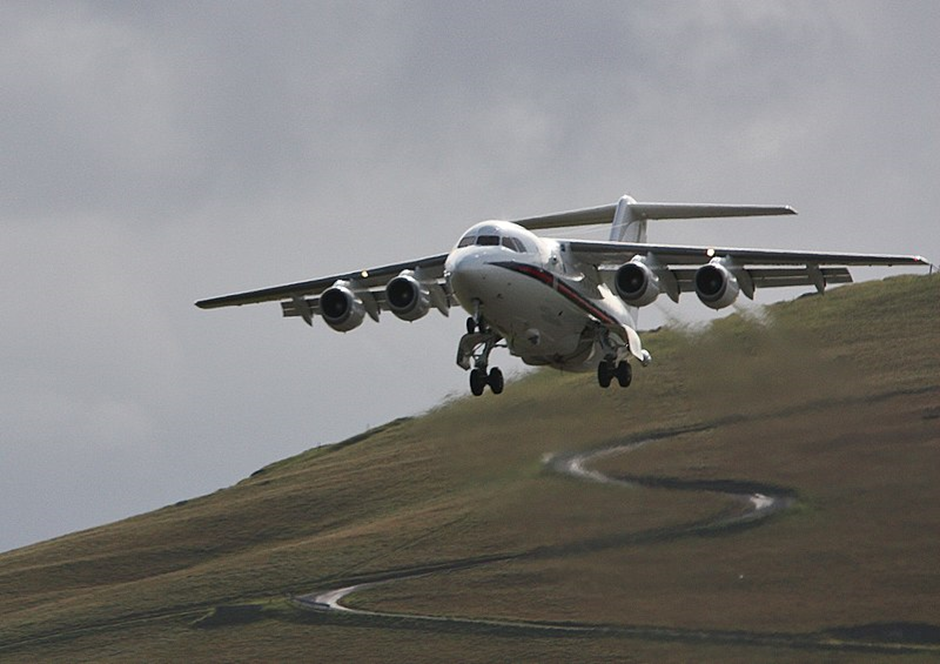
1995 had seen the Government of the day disband The Queen’s Flight and merge it with the RAF communication squadron, No 32, based just down the A40 from Benson at RAF Northolt on the outskirts of West London. No 32 Squadron had previously been tasked with flying government ministers and high ranking military officials. With the acquisition of the two Queen’s Flight BAe146s they now added flying the Royal family to their tasks and were thus renamed No. 32 (The Royal) Squadron. ZE701 would now no longer be used just for the Royal family but would carry military and government officials as well.
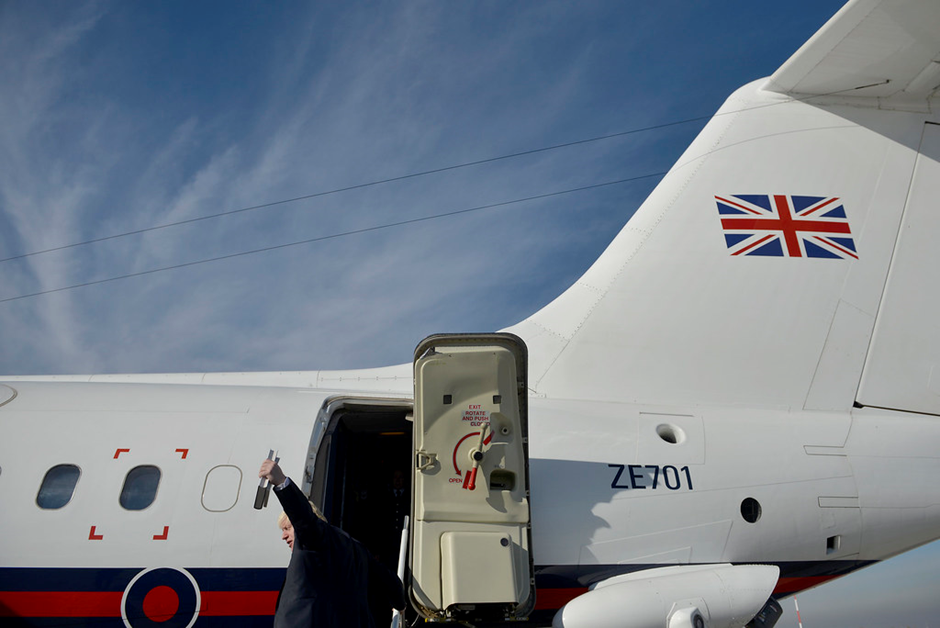
During the last years before her retirement 701’s passengers would have been approx. 50% government, 45% military and just 5% Royal family. If the Royal family used the Statesman aircraft the cost would now come out of the Royal Household budget. Both the Statesman would clock up a large number of hours flying passengers other than the Royal family in support of the British involvement in the Afghanistan crisis. Based at Bahrain their flights would take them all over the Middle East and Afghanistan. Both aircraft were similarly involved with British forces in the Libya campaign of 2011.
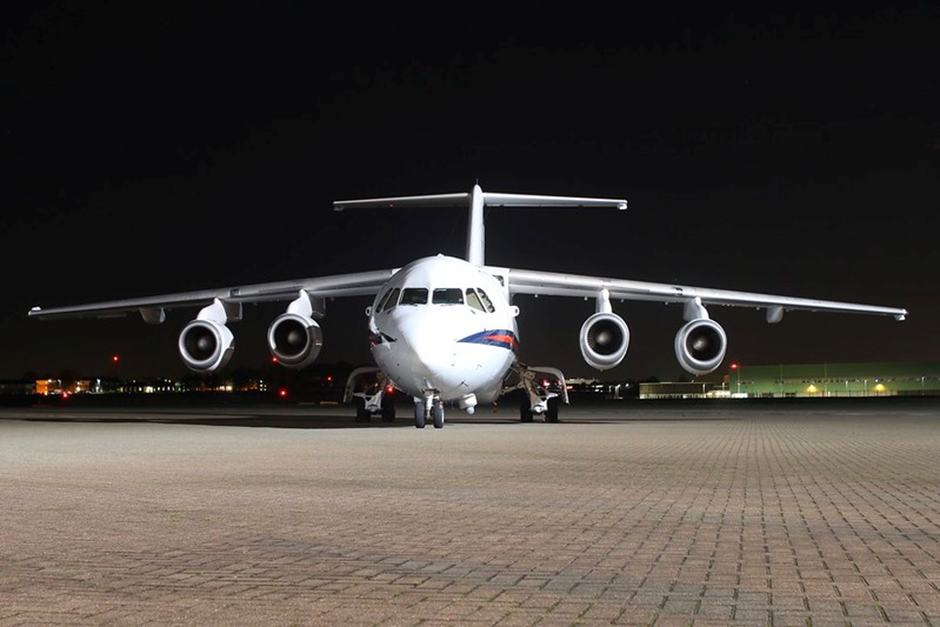
Experience from the Afghanistan conflict resulted in the RAF obtaining two of the larger 146-200 aircraft from freight company TNT in 2012. These were 146-200 QC variants which meant they had a large fuselage freight door and could be used as passenger or freight aircraft and were ideal for short rough strips the RAF Hercules couldn’t land on. They would be known as BAe146-200 CC Mk 3s, registered as ZE707 and ZE 708 and would be painted overall grey. These two aircraft were more suited to military operations as they were modified with such kit as an armoured flight deck, upgraded comms systems, better defensive aids, baggage hold fire extinguishers and a fire suppression system for the fuel tanks. In service their standard fit was 54 seats in the forward cabin with space at the rear fitted with storage containers for equipment, baggage etc. Luckily the standard overhead luggage bins were wide enough to take a soldier’s rifle! When the first of these two aircraft ‘707 arrived in Kandahar, Afghanistan in 2013 it had only been there a day when it was severely damaged in a hail storm. The damage was so bad it took two months of repairs before the aircraft could be flown home for a full rebuild by BAe.
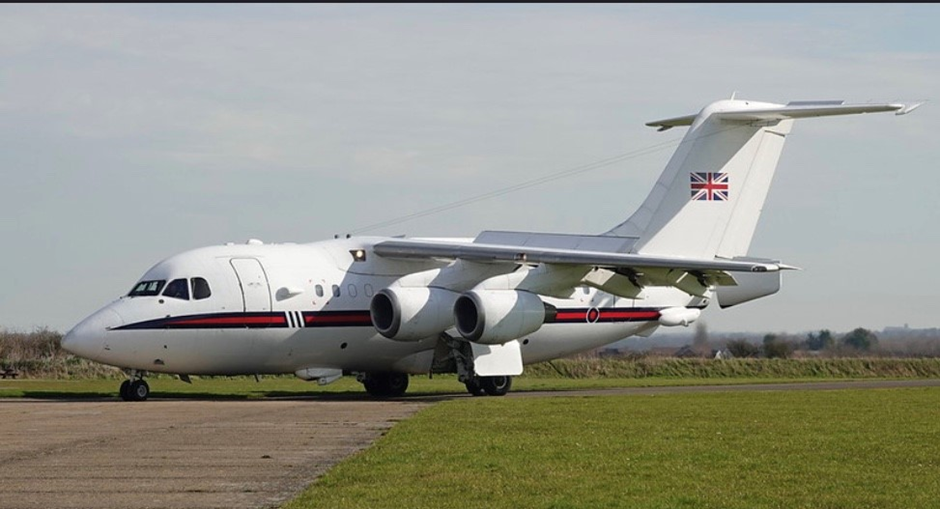
The incident with Prince Charles at Islay would not be the only major incident with the Statesmen. In 1997 one of the pair had to make an emergency landing at Stansted with just one engine still running as the others had been shut down due low oil pressure, with all four engines showing the oil contents running out. Investigation showed that the civilian contractors had replaced magnetic chip detector probes on all four engines the night before but had omitted to replace the O-ring seals, allowing the engine oil to leak out. A full 146 oil tank holds 24.2 pints. Three of the engines needed 20 pints to refill them and the fourth 12 pints.
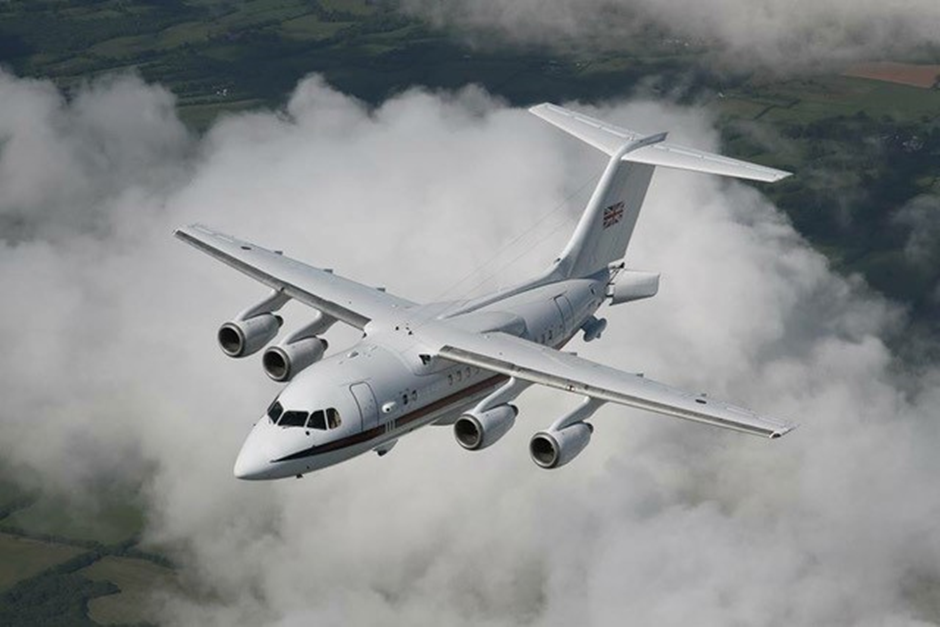
Both the Statesman aircraft had been fitted back in 1988 with an electronic counter measures (ECM) system, however in 1999 a new set up was fitted which was known as directional infrared counter measures (DIRCM). These are the pods that can be seen fitted on the nose and tail of 701. The system would detect any surface to air missile fired at the aircraft and would then direct a beam of infrared light onto the missile’s seeker head causing it to become confused and fly off course. A more basic self defence scheme occurred in 2004 when the red panels on the wings and fin that were a carry-over from The Queen’s Flight days were painted out and the two Statesman aircraft now sported the mainly white scheme that ‘701 wears today.
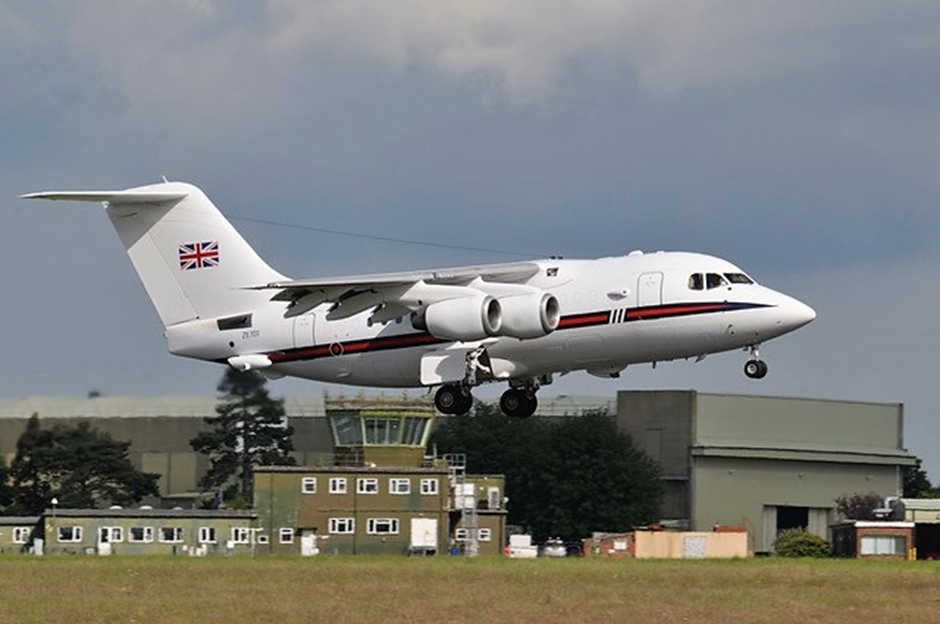
With 32(The Royal) Sqn now flying the two Statesman and the two more basic CC Mk.3 146s what was life like for ‘700 and ‘701? With, as we have seen, a range of 1700 miles all of the UK and large parts of Europe were well within non-stop reach from their Northolt base. With the bulk of the Squadron’s tasks now being the carriage of government or military officials these areas would become the bread and butter destinations for the VIP configured pair.

However, come a long-haul Royal visit or tour the Statesman would often fly in advance to the destination with a number of stops and be ready to meet the Royal party who would arrive either on a RAF VC10 or a British Airways airliner having flown direct from the UK. The 146 would then be used to carry the Royal party from one tour appointment to the next. A point often not considered was these aircraft were many miles away from their home base or indeed any RAF assistance and with most flights scheduled during the day the Crew chief and his small band of engineers would have to do all the routine work plus attend to any defects overnight using just the fly away kit of spares they had in the freight bay. After a day’s flying it was common place for all the crew on board, pilots, stewards and engineers to muck in to clean the aeroplane down ready for service the following day.
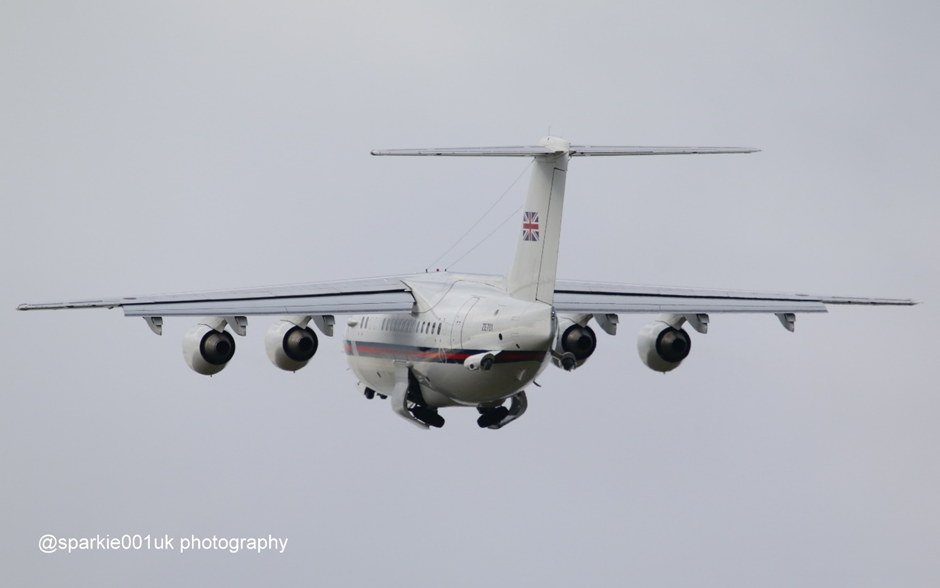
When ‘701 was not assigned to a VIP task she could be seen around the UK doing crew training in such arts as ILS approaches or checking out a routing planned for a future VIP trip. Cold weather training would take place in Canada which would also allow the crew to practice their trans-Atlantic flying.
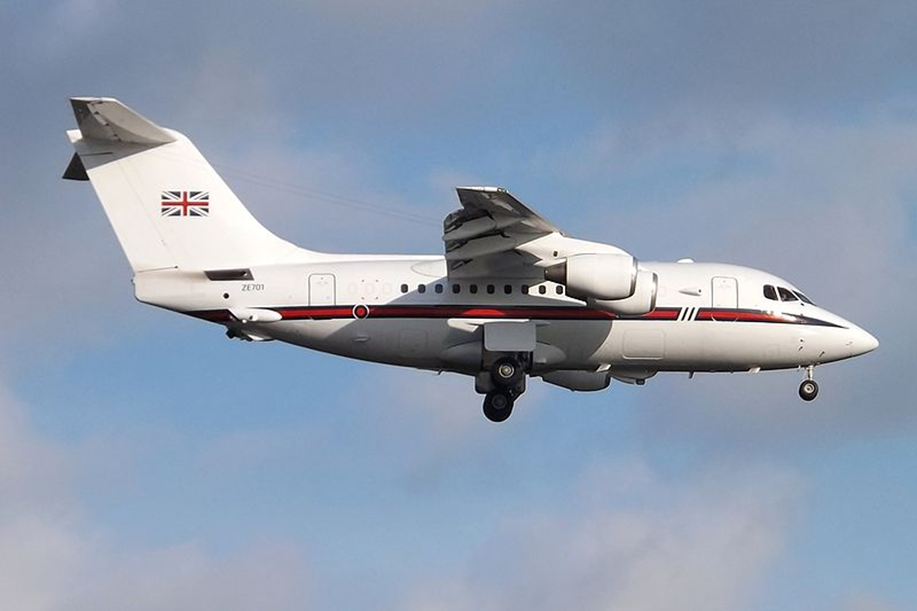
In her last six months of RAF service ‘701 visited 26 diverse destinations in Europe such as Athens, Krakow, Budapest, Helsinki, Kyiv, Paphos, Rome, Stockholm and Reykjavik. Whilst here in the UK she was also busy flying to 13 different cities such as Aberdeen, Bristol, Birmingham, Glasgow, Isle of Man, Wick and Newquay. In November 2021 she also transited across the Atlantic for cold weather training at Iqaluit in Canada, visiting Yellowknife and Churchill along the way.
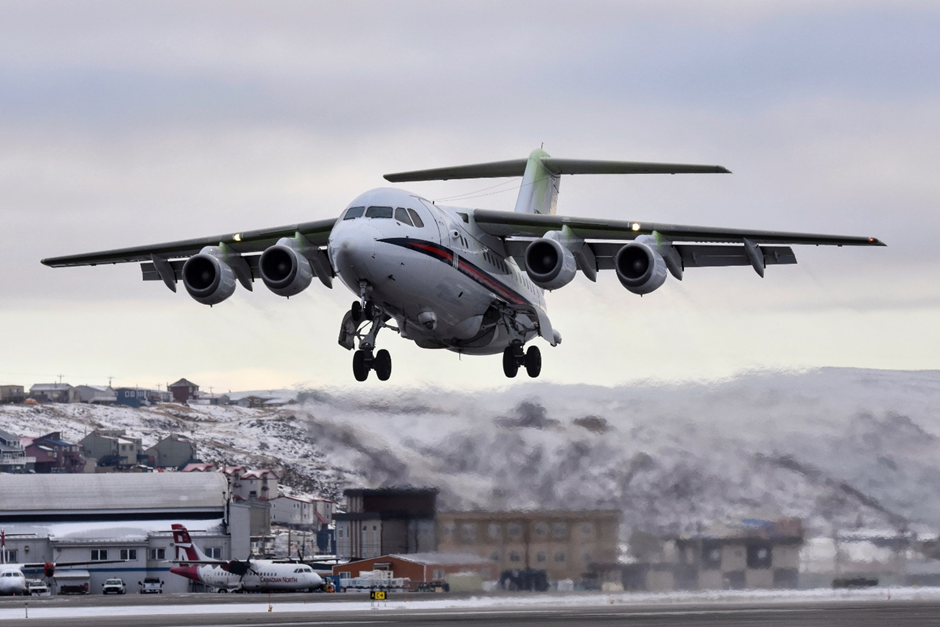
But all good things come to an end and it was announced the four remaining BAe146 aircraft would be retired by March 31st 2022. The four aircraft were put up for auction and the successful bidder was Pionair an airline based in Sydney Australia who already operated a small fleet of the British jets. Part of the deal was that all four aircraft would have parts of the DIRCM removed by the RAF for security reasons prior to their handover to Pionair, this took place on ‘701 immediately after she had landed at Duxford. Removing them beforehand could compromise the aircrafts weight and balance and therefore its airworthiness.
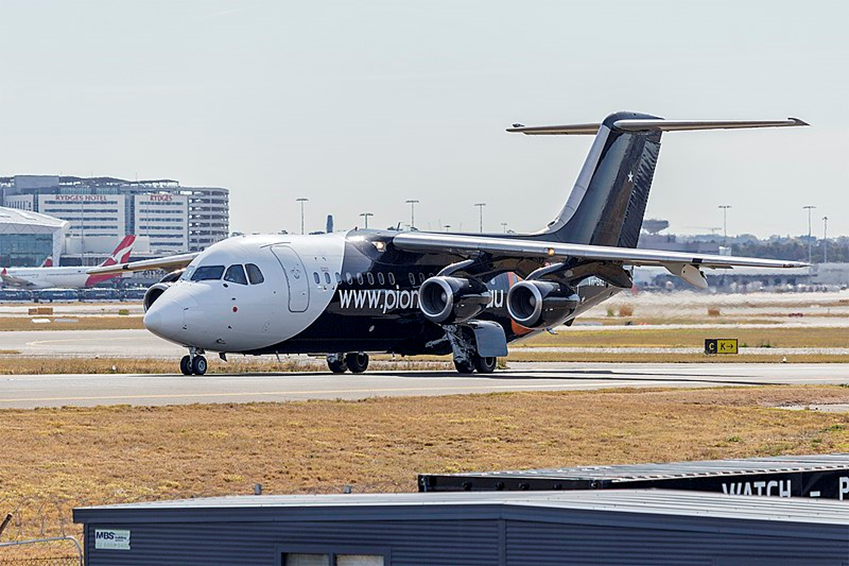
The two Statesman aircraft were not destined to be flown again and Pionair very kindly donated these two aircraft to museums, the British Airliner Collection at Duxford and the South Wales Air Museum at St Athan. Pionair would however harvest parts such as the engines, APU, wheels and brakes before handing the aircraft over to the museums, for paperwork reasons they had to put the aircraft on the British civil register and ‘701 became G-CMEU. The other two BAe 146-200 CC Mk. 3 aircraft would eventually be flown back to Australia and enter service with Pionair.
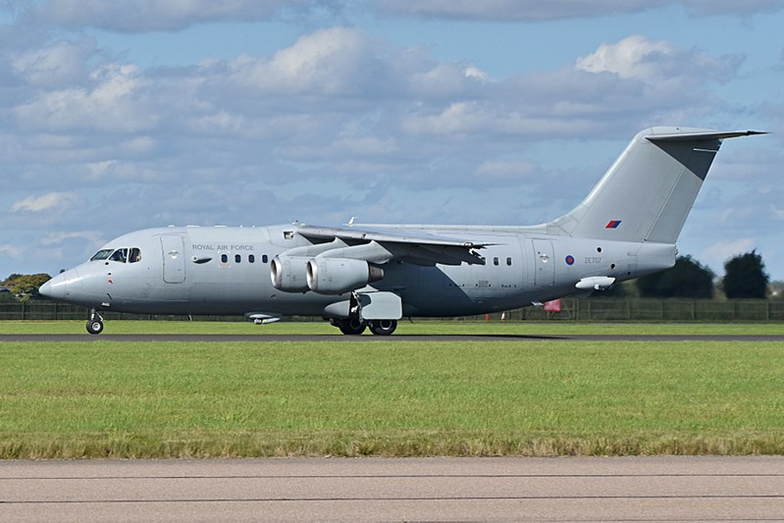
ZE701 was the first to be retired arriving at Duxford in January 2022 and by the end of March her sister ship ZE700 was at St Athan and the two CC Mk.3s ZE707 and 708 were parked at Cranfield to be readied for the flight to Australia. Thus ended 39 years of BAe 146 operations by the RAF.
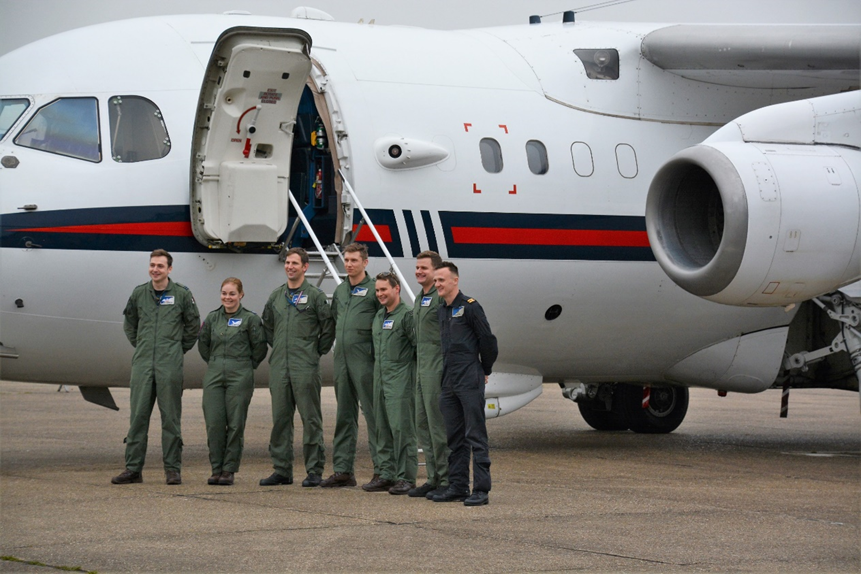
The Duxford Aviation Society were very keen to open their new aircraft up to the public, but until Pionair had removed their parts it was not possible for DAS to start work preparing the aircraft for her public debut. As an ex Queen’s Flight aircraft and after a lot of last minute effort, it was fitting that ‘701 first opened her doors for public ‘Royal Tours’ on the Jubilee bank holiday weekend. If you would like to take one of these tours with our knowledgeable stewards please contact our office to check availability. 01223 836593. They generally run Wednesday to Sunday.
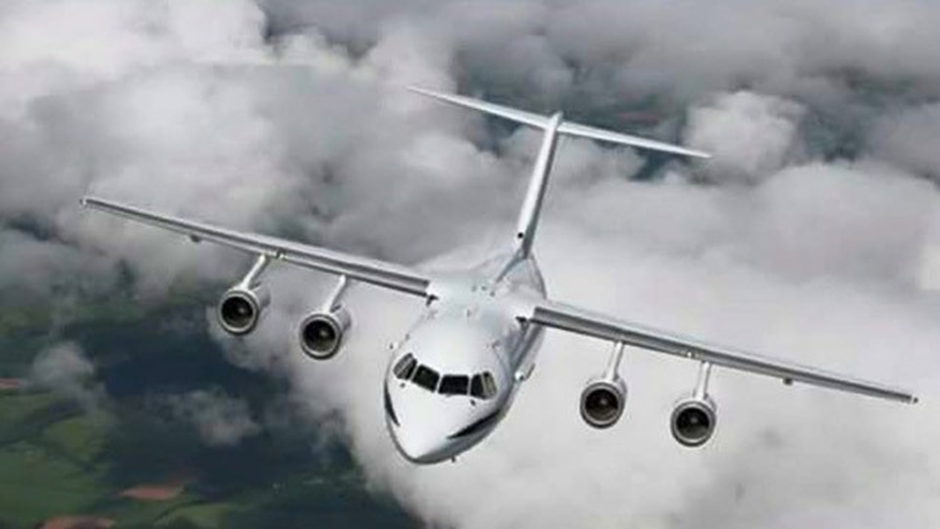
We started this article with a picture of ‘701 leaving Northolt for the last time on her way to Duxford, so what better way to finish than a picture of her arriving at her new home with the British Airliner Collection.
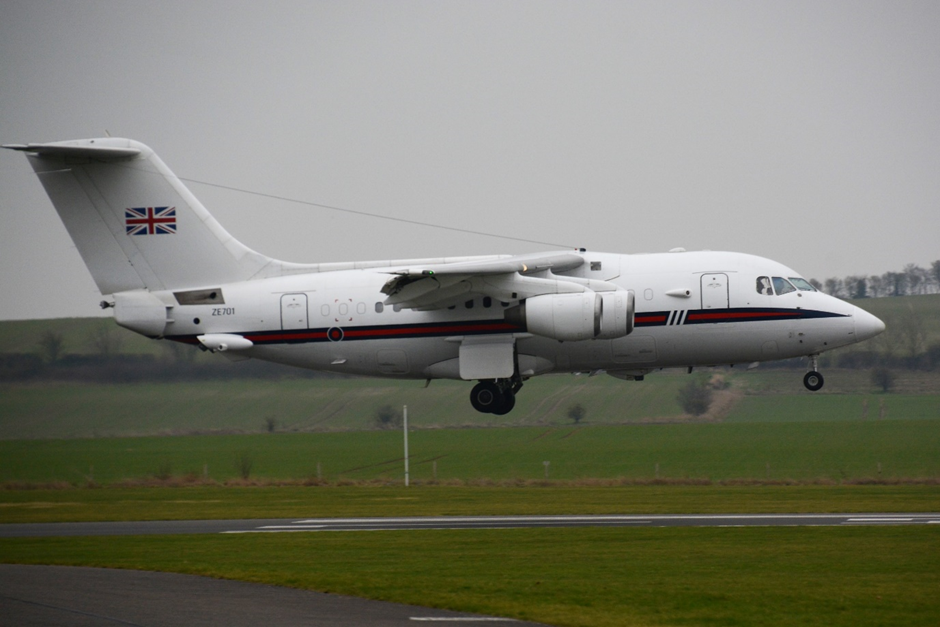
‘till the next time Keith
Registered Charity No. 285809